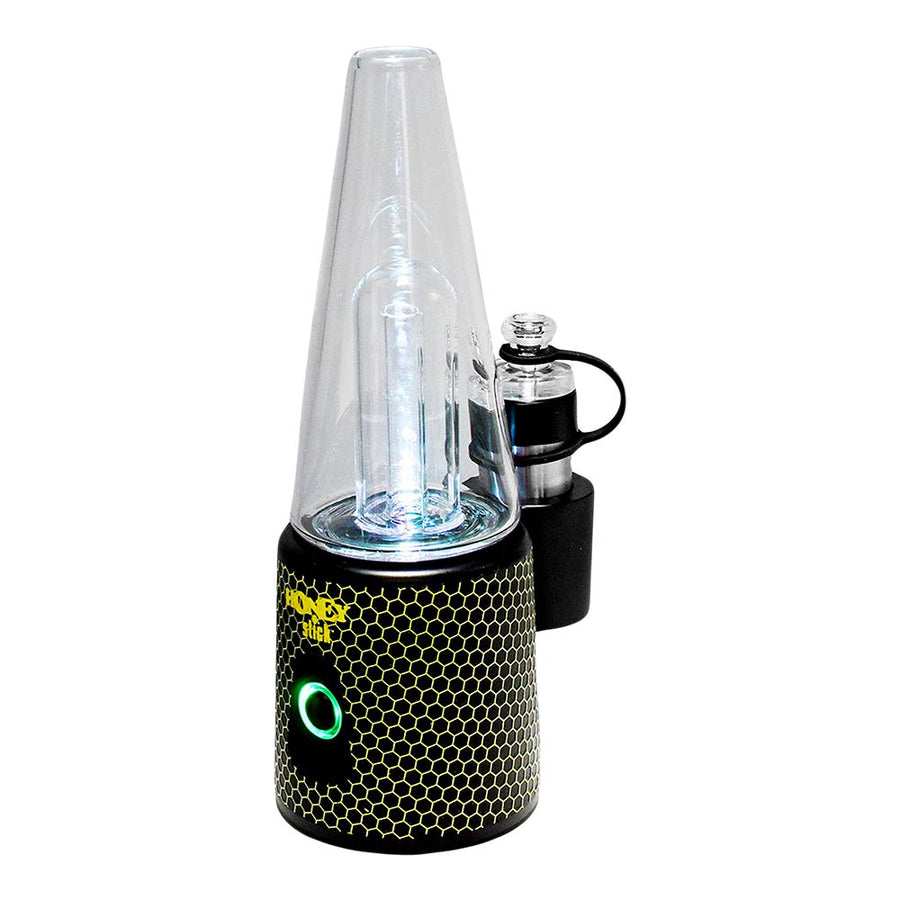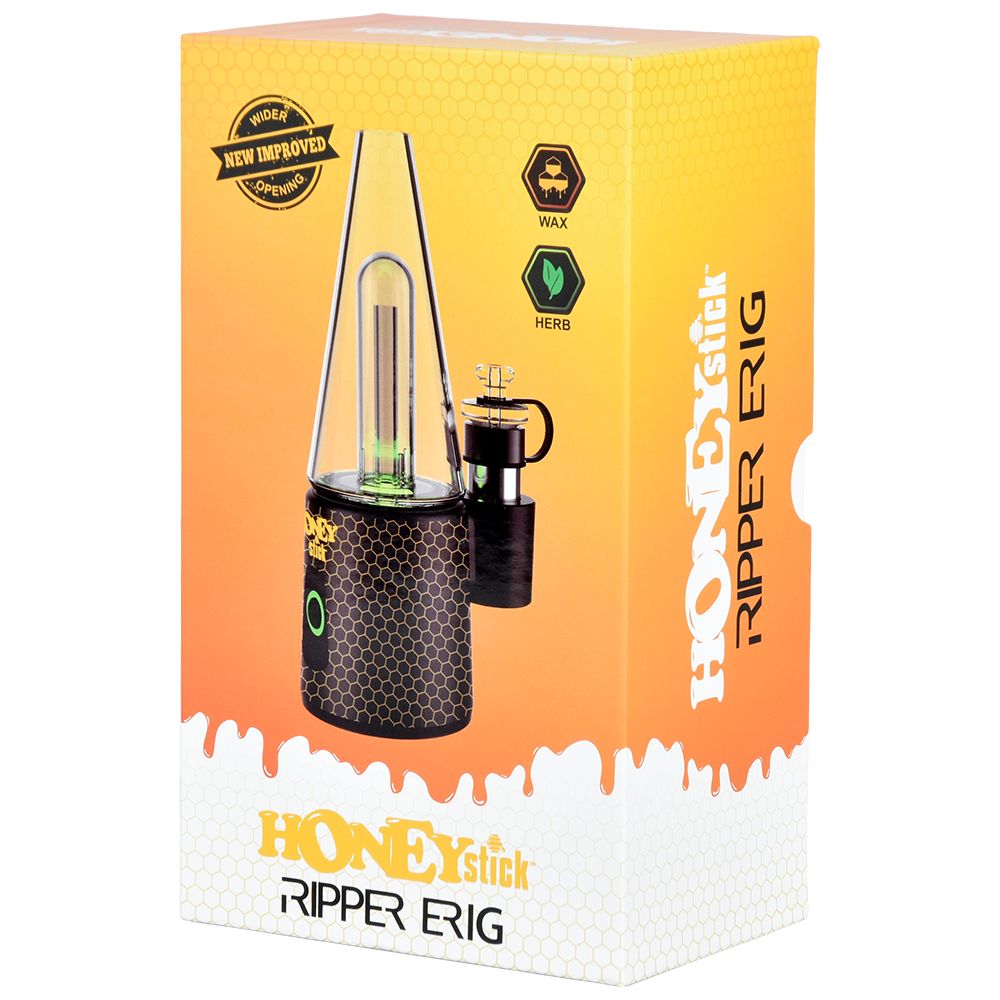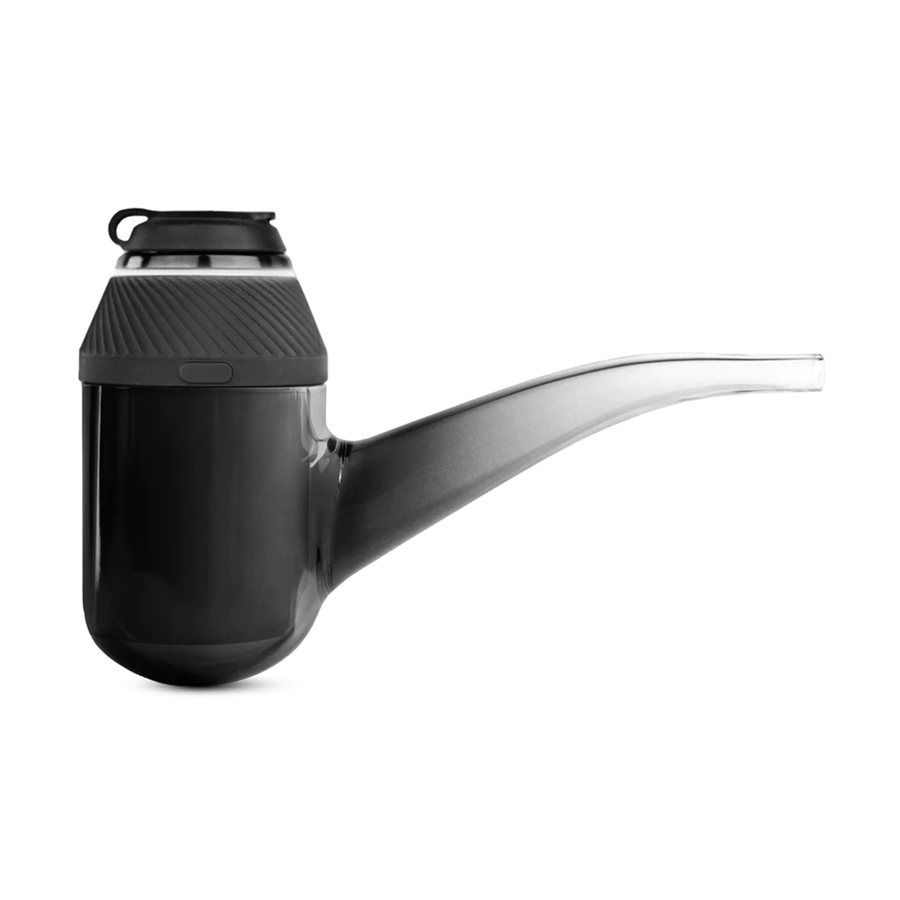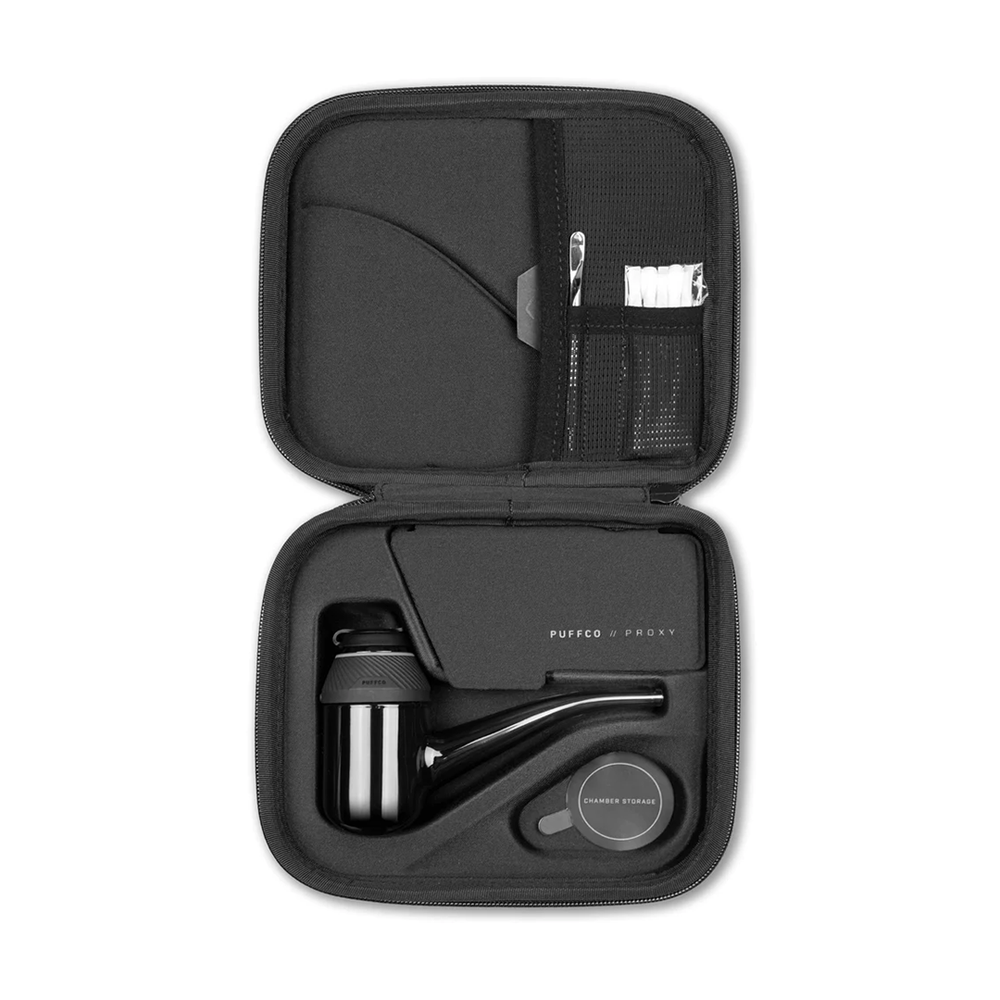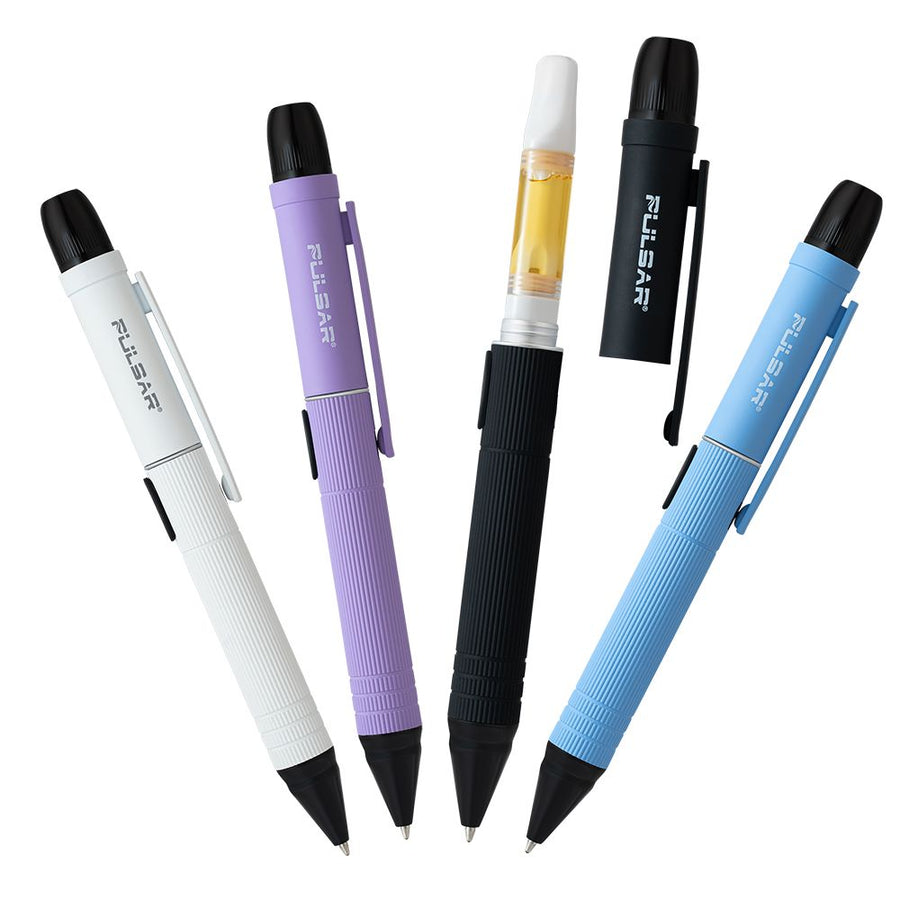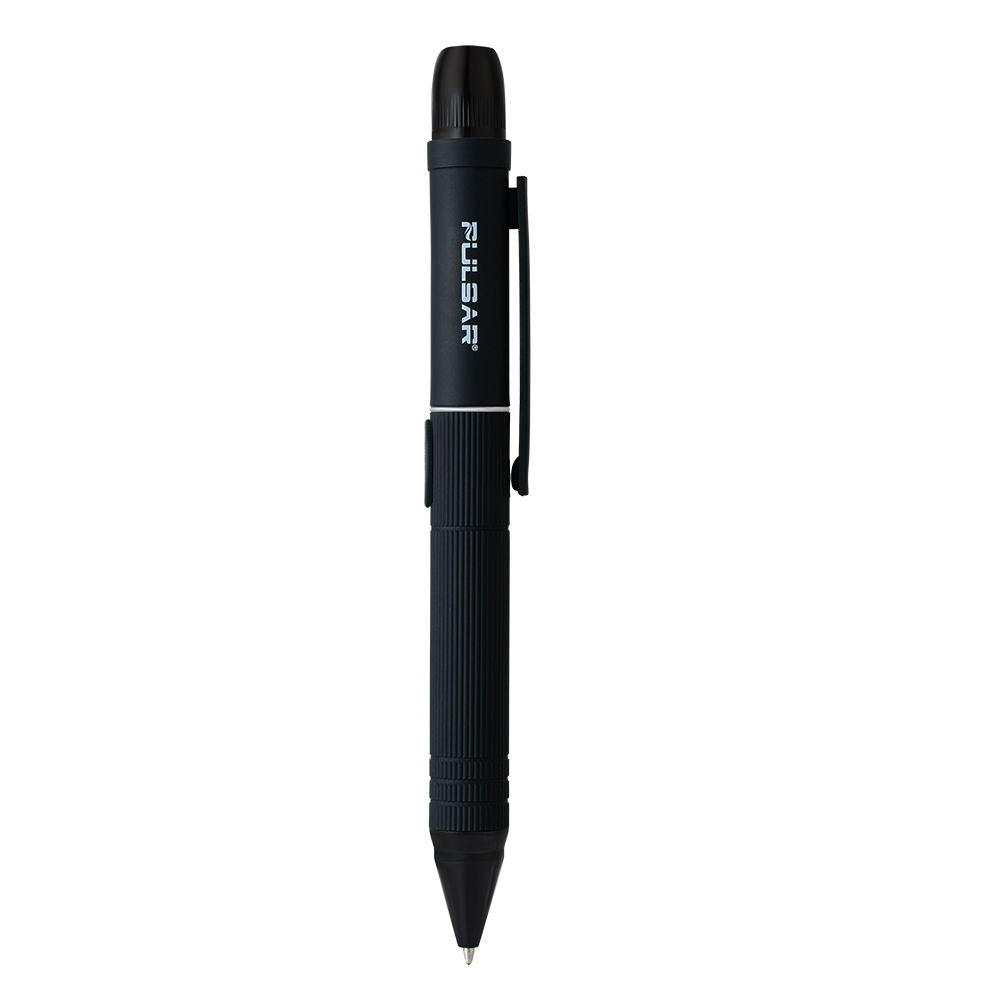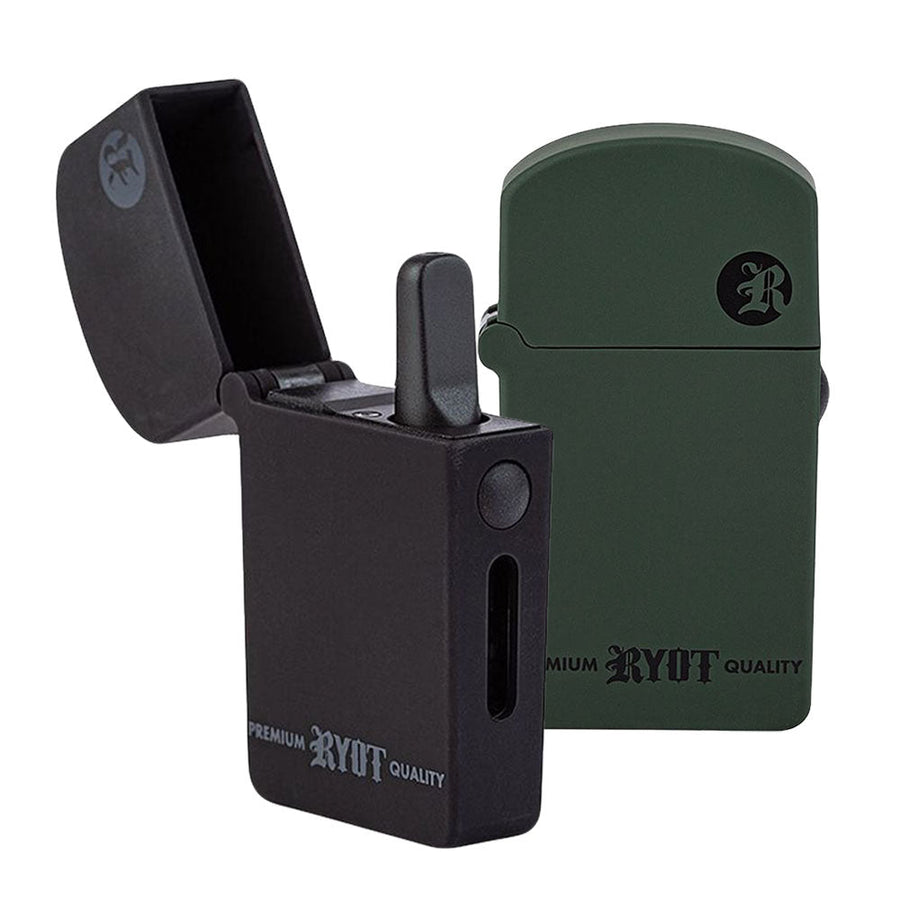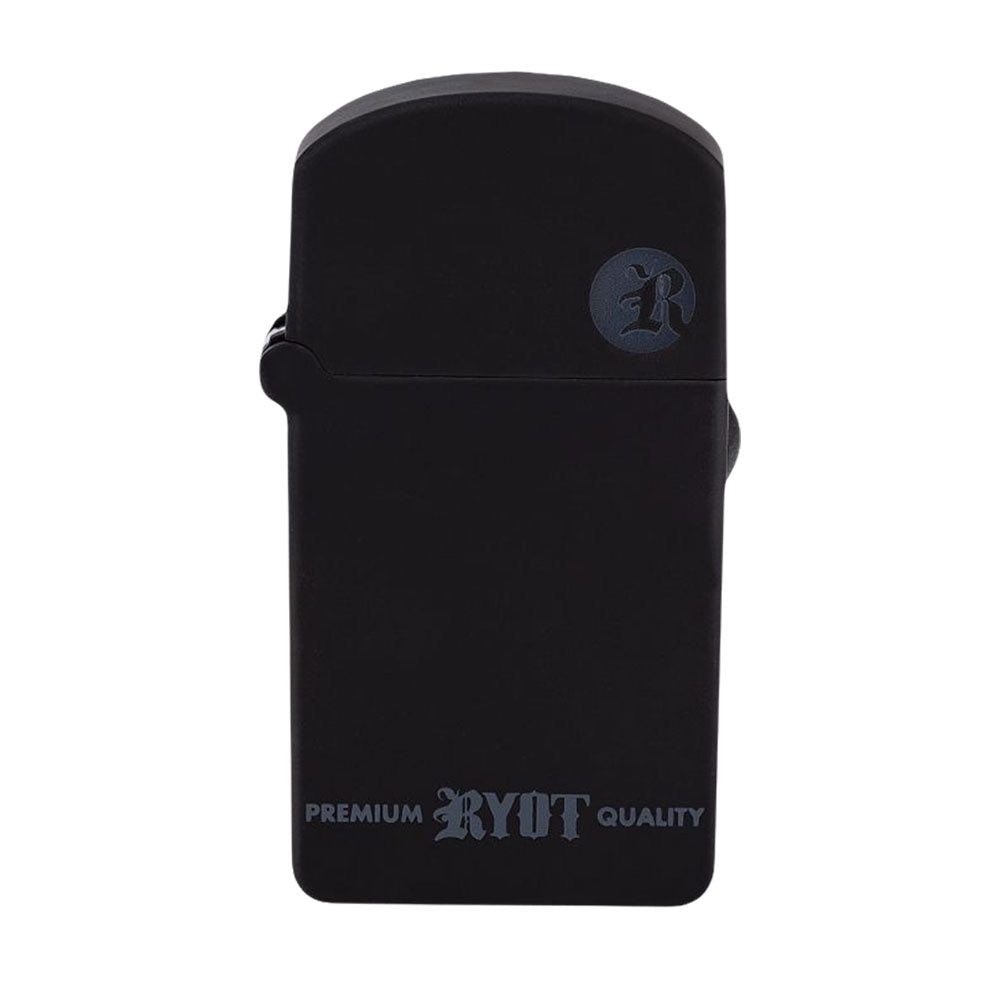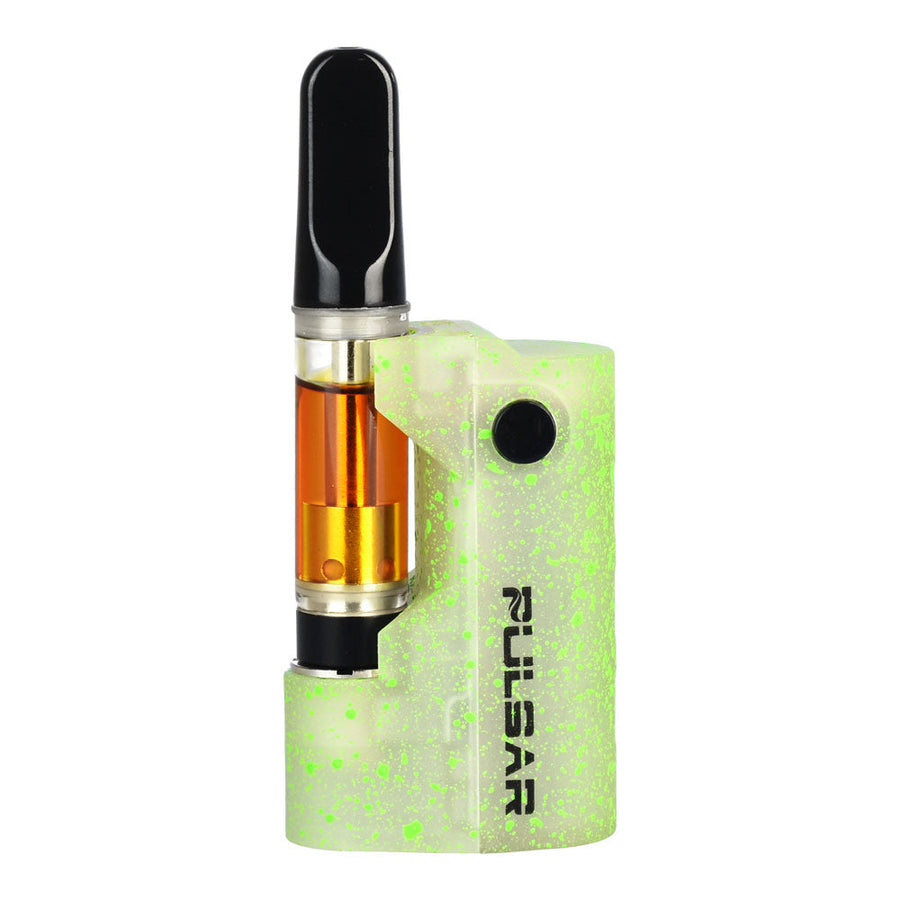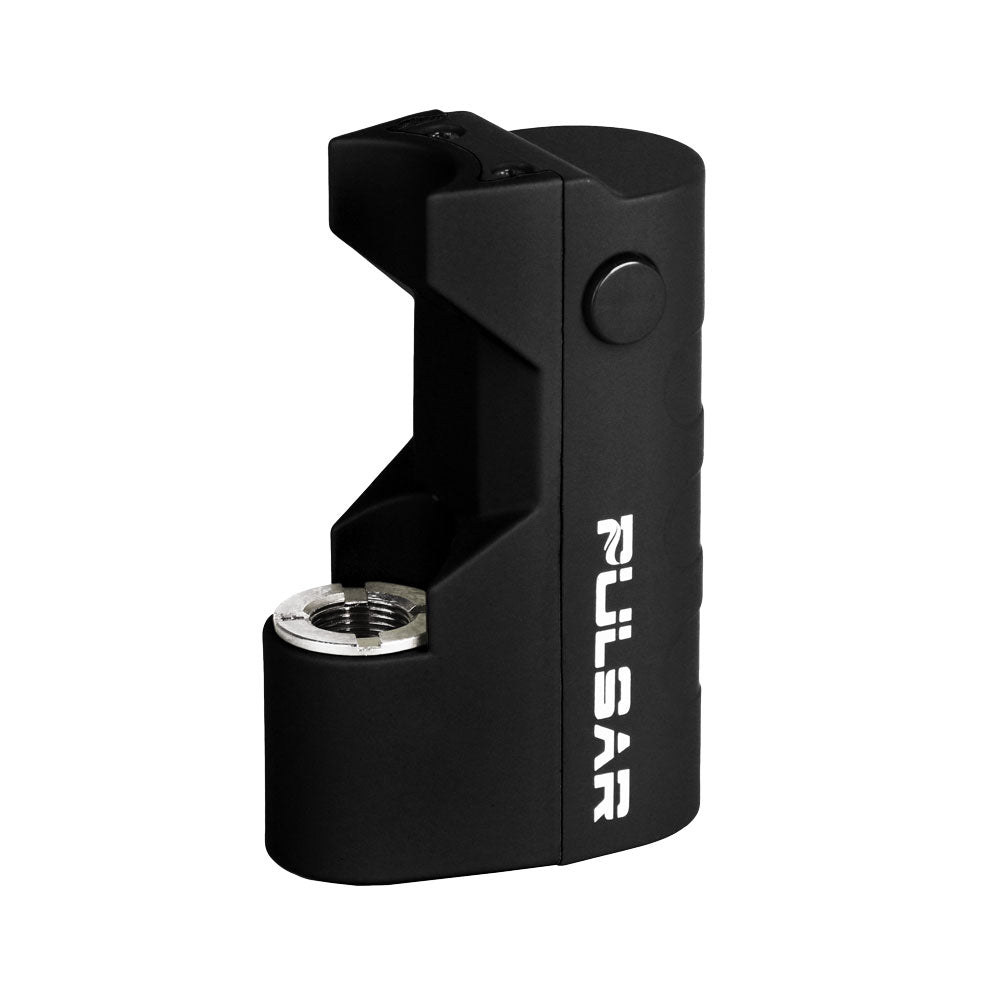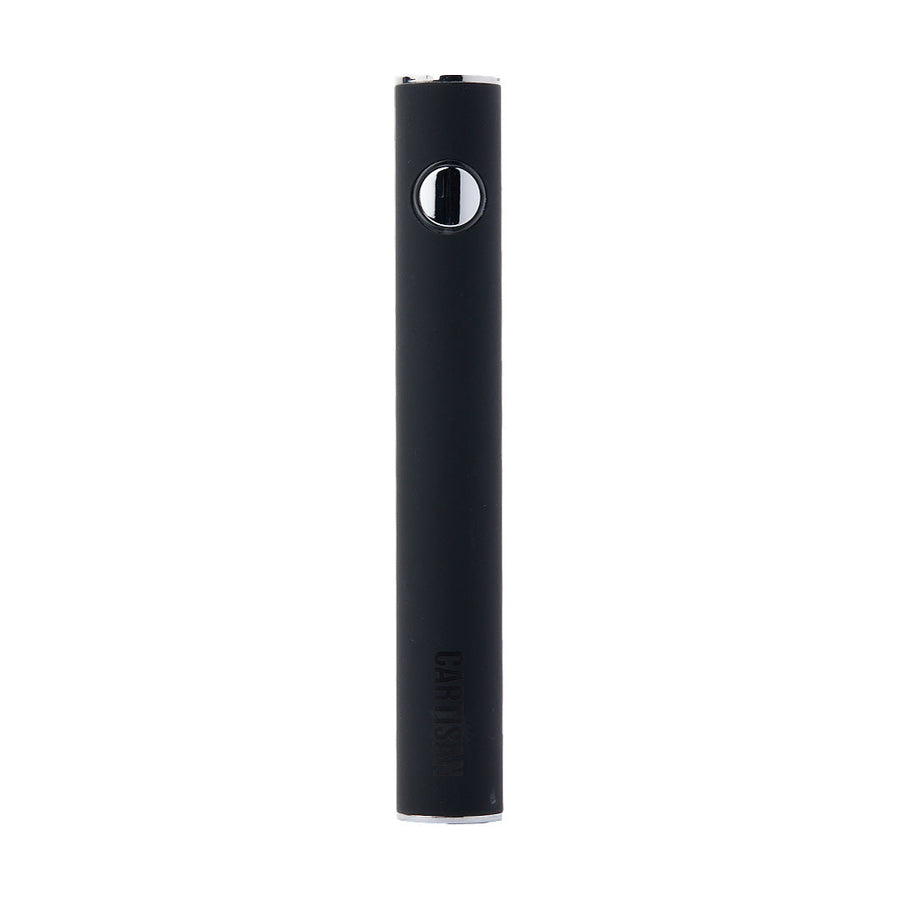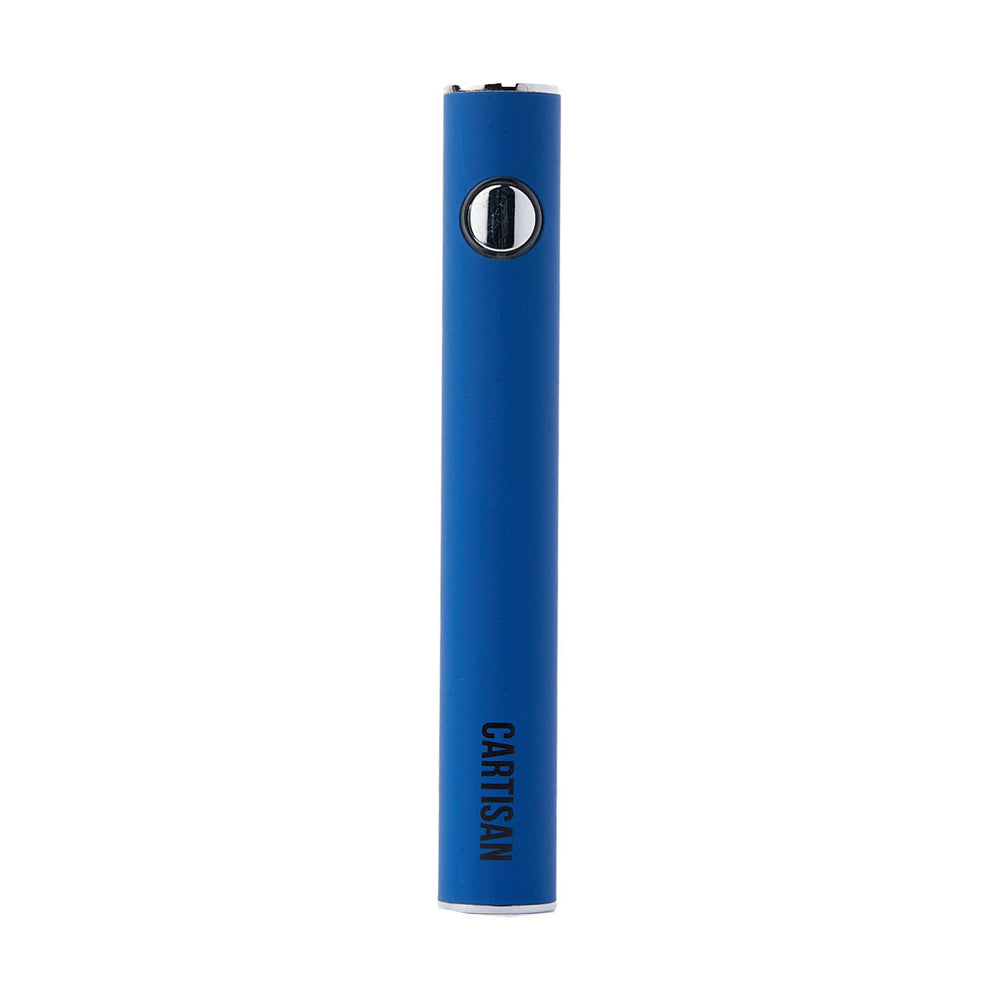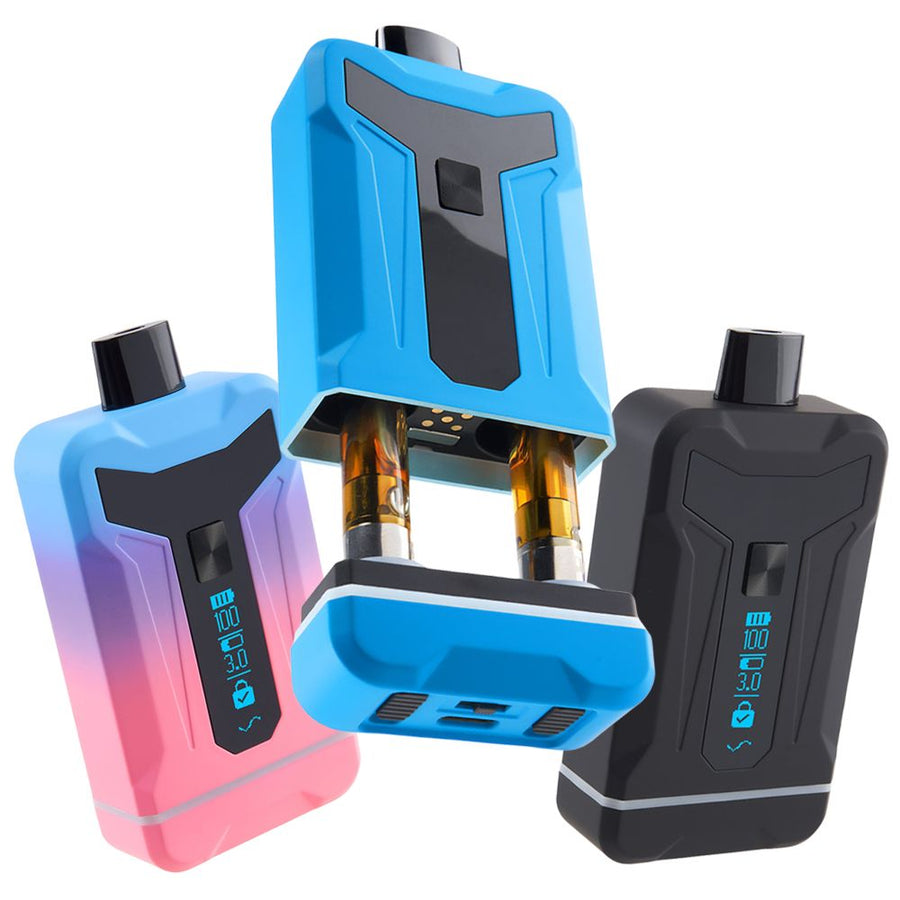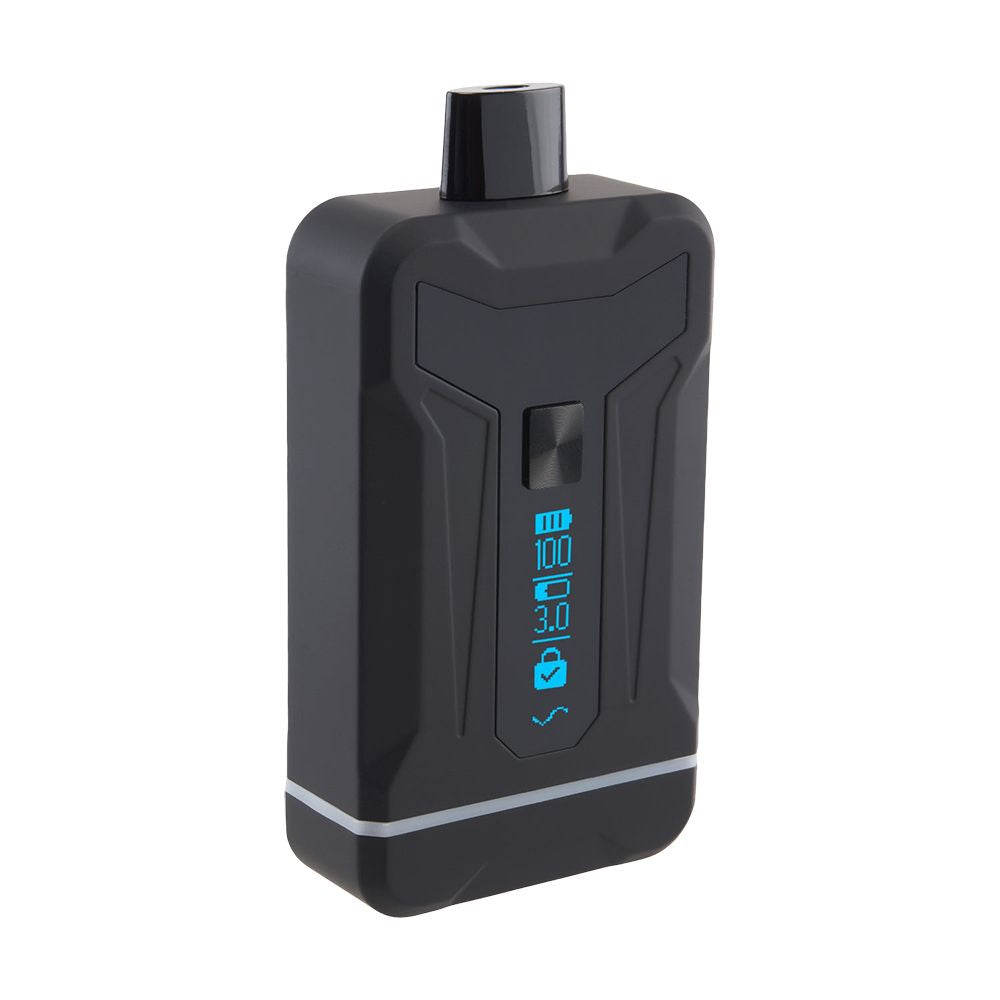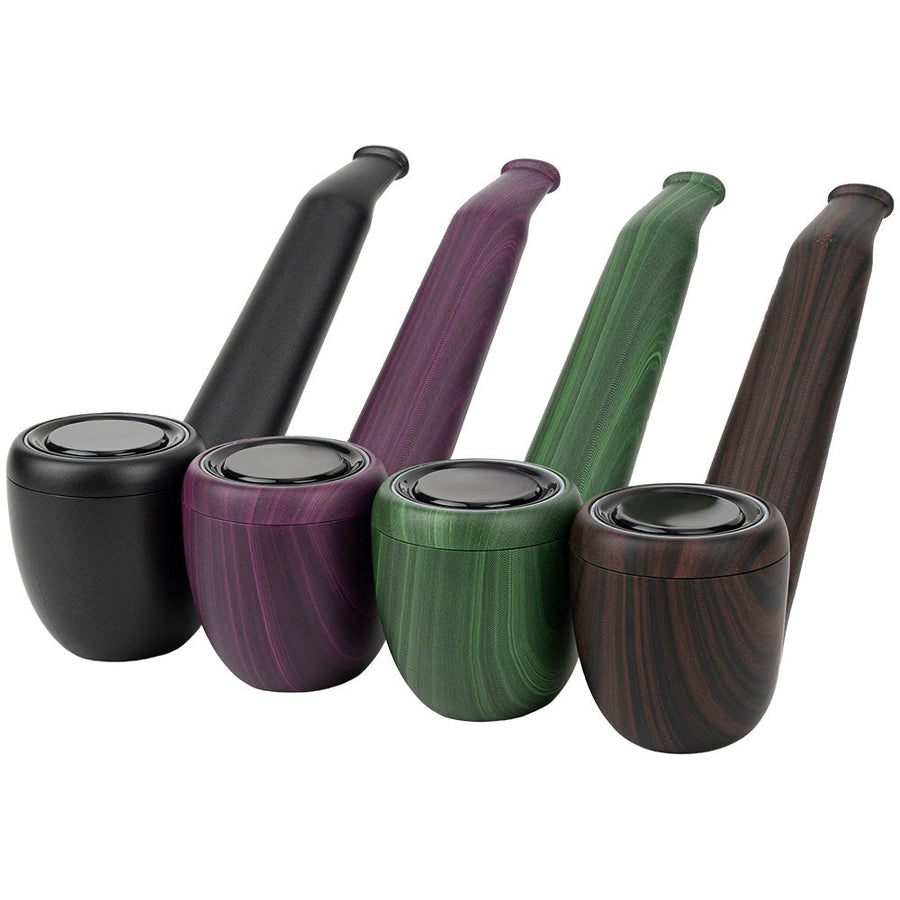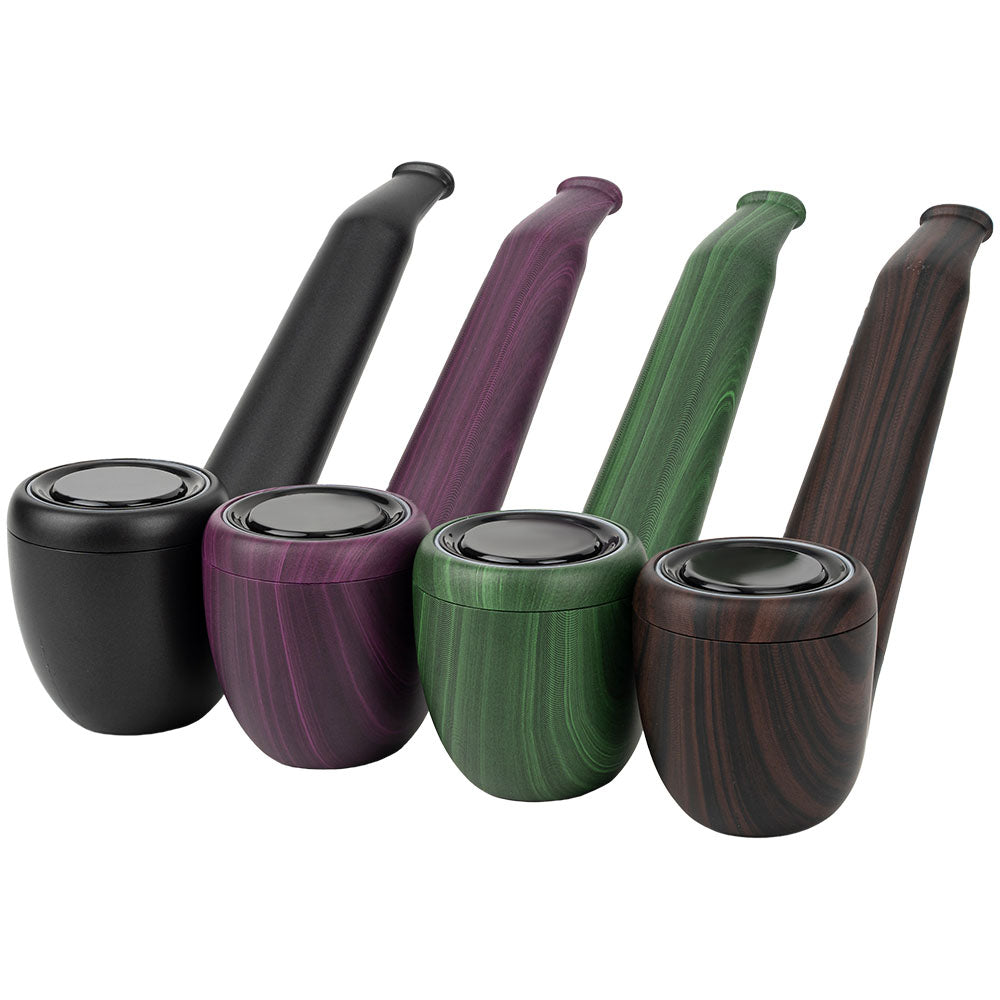When Did Vapes Come Out: A Historical Timeline of E-Cigarettes

Are you curious about how vaping became the phenomenon it is today? Whether you're a seasoned vape user or simply interested in the behind-the-scenes of electronic cigarettes, understanding their origins can be fascinating.
One intriguing fact to note is that the concept of an electronic cigarette was patented as early as 1965, yet it took several decades for technology and society to catch up to this innovative idea.
This blog post will walk you through a comprehensive timeline detailing when vapes came out and their evolution into the nicotine delivery systems we recognize today. From bulky box mods to sleek pod systems, we'll explore how advances in atomizer technology and battery power have revolutionized vaping devices.
Plus, we'll delve into both the soaring popularity of e-cigarettes among adults looking to quit smoking traditional tobacco products and the controversies surrounding health risks and public health regulations.
Discover everything there's to know about e-cigarettes—read on!
A Brief History of Vaping and E-Cigarettes
Vaping and e-cigarettes have a rich history, starting with early efforts to modify cigarettes and leading to the invention of the e-cigarette. Over time, federal regulation has shaped the development and use of these innovative products.
Early efforts to modify cigarettes
Scientists and inventors have tried to create a smokeless nontobacco cigarette for many years. Their goal was to offer a safer way to enjoy nicotine without the harmful effects of tobacco smoking.
They explored different designs, focusing on how to deliver nicotine vapor without burning tobacco.
The first known attempt goes back to 1963. Herbert A. Gilbert patented a device that heated a nicotine solution and turned it into steam, not smoke. This idea laid the foundation for the electronic cigarette history we know today.
Gilbert's invention did not involve tobacco, making it an early version of what would become modern vaping devices.
Invention of the e-cigarette
After the early attempts to modify cigarettes, in 2003, a Chinese pharmacist named Hon Lik patented the first modern e-cigarette. This device used a heating element that vaporized liquid nicotine.
The e-cigarette was introduced to the international market in 2006. It consisted of a battery-powered heating element, a cartridge that contained nicotine and other liquids, and an atomizer that turned the liquid into vapor.
This invention laid the foundation for the vaping industry as we know it today and marked a significant shift in tobacco smoking simulation.
Moving on from bulky boxes to more advanced pod mods revolutionized vaping devices during its evolution.
FDA and nicotine regulation
The FDA has been regulating e-cigarettes and vaping devices. In 2016, regulations were extended to cover all tobacco products, including e-cigarettes, hookahs, and cigars. The FDA requires a pre-market review for new tobacco products introduced after February 15, 2007.
E-cigarette manufacturers also must submit ingredient listings and report potentially harmful constituents in their products.
Federal regulation of e-cigarettes specifically restricts the sale of these products to minors under the age of 18 or 21 based on local laws. Additionally, flavorings have come under scrutiny due to concerns about enticing young people to use these products.
These efforts are aimed at ensuring that vaping devices are safe for public consumption and do not pose unnecessary risks.
Federal regulation of e-cigarettes
After the FDA's regulation of nicotine products, federal agencies started focusing on e-cigarettes too. The U.S. government began regulating e-cigarettes in 2016 under the Family Smoking Prevention and Tobacco Control Act.
This act gave the FDA authority to regulate manufacturing, distribution, and marketing of tobacco products, including e-cigarettes like pod mods and vape tanks. This step aimed to prevent minors from accessing these vaping devices amid growing concerns about their impact on youth smoking rates.
The implementation of federal regulations required manufacturers to submit their products for approval by the FDA to ensure they met certain safety standards. This ushered in a new era for vape users as it sought to enhance product quality and customer safety by setting clear guidelines for the industry while also ensuring smoking cessation tools were still accessible.
The Evolution of Vaping Devices
Vaping devices have evolved from bulky boxes to sleek pod mods, revolutionizing the way people vape. For more fascinating details, dive into the full article.
Bulky boxes
In the early days, vape devices were mostly bulky boxes designed with large batteries and tank systems. These earliest models lacked the portability and sleekness that modern vapers are accustomed to.
However, these bulky beginnings paved the way for innovative advancements in vaping technology, leading to more compact and efficient designs.
The first e-cigarette "Ruyan" was invented by Hon Lik in 2003, marking a significant shift from traditional cigarettes to battery-powered devices. The evolution of vaping devices has since seen a drastic transformation from these bulky boxes to sleek pod mods that offer greater convenience for vape users.
This transition reflects the continuous development within the realm of vaping technology as manufacturers strive to enhance user experience through tailored products.
Arrival of pod mods
Pod mods revolutionized vaping with their compact size and user-friendly design. They first appeared in 2015, offering a sleek alternative to bulky box mods. These devices are known for their simplicity, utilizing disposable pods pre-filled with e-liquid.
Their portability and ease of use have made pod mods immensely popular among vapers, contributing to the diversification of vaping devices.
The introduction of pod mods also sparked a shift in the industry towards nicotine salt e-liquids, which deliver higher concentrations of nicotine more smoothly. This innovation provided a satisfying experience for users seeking an effective alternative to traditional cigarettes while maintaining portability and discretion.
Pod mods continue to dominate the market as an accessible and convenient option for vapers on-the-go.
The Popularity and Controversy of Vaping
Vaping has gained popularity, but it also sparks controversy; read on to learn more.
How popular is vaping?
Vaping has become increasingly popular, with an estimated 9 million adult users in the United States alone. The trend is also on the rise among young people, with a significant increase in e-cigarette use by high school students.
In fact, a survey found that more than 5 million middle and high school students reported using e-cigarettes within the past month. This surge in popularity has attracted attention from health organizations and regulators due to concerns about its impact on public health.
Vaping continues to grow in popularity across various age groups, despite ongoing debates about its safety and long-term effects.
Regulations on e-cigarettes
It's crucial to know that federal regulations have been put in place to oversee the production and sale of e-cigarettes.
The Food and Drug Administration (FDA) now regulates the manufacture, import, packaging, labeling, advertising, promotion, sale, and distribution of electronic nicotine delivery systems (ENDS), including components and parts like vape pens or e-liquids.
This regulation aims to protect public health by ensuring these products are made with safety standards in mind. It also includes restrictions on selling these devices to anyone under 18 years old.
As a vape user, it’s important to be aware of these regulations so you can ensure your own safety while using e-cigarettes.
The Future of Vaping
What does the future hold for vaping? Find out more by delving into the latest advancements in vaping technology.
Predictions for the future of vaping
Vaping technology is expected to advance even further, with more user-friendly devices and improved battery life. The future of vaping also looks promising due to ongoing research into developing safer e-liquids and reducing harmful chemicals.
Regulatory trends indicate that the industry will likely see stricter standards for production and sales, aiming to prioritize consumer safety. The rise of alternative nicotine delivery systems could lead the way for innovative vaping products, shaping a dynamic landscape for vape users.
The increasing popularity of pod mods suggests that compact, portable designs may dominate the market in the future. Additionally, advancements in temperature control and customizable features are anticipated to offer vapers enhanced experiences.
With more focus on sustainability, eco-friendly materials could become prevalent in vape device construction while catering to environmentally conscious consumers' needs. As technology continues to evolve rapidly, it is vital for vape users to stay informed about these developments as they shape their vaping experience moving forward.
Latest advancements in vaping technology
It's evident that the evolution of vape devices continues. Pod mods have gained ground, with a compact and powerful design.
The integration of advanced temperature control features has enabled vapers to customize their experience according to their preferences. Moreover, some devices now offer long-lasting battery life, catering to extended usage needs and promoting convenience for users on-the-go.
Another noteworthy advancement is the introduction of mesh coil technology, providing better flavor production and improved coil longevity compared to traditional coils.
Furthermore, Bluetooth connectivity and app-controlled customization are becoming prevalent in modern vaping devices, offering users more control over device settings and providing insights into their vaping habits through data tracking.
Additionally, innovations like smart power output adjustment based on coil recognition showcase how vaping technology is continually pushing boundaries towards enhancing user experience while ensuring safety standards are met.
By incorporating these advancements into vape devices, manufacturers aim to provide an enhanced and tailored experience for vapers by leveraging cutting-edge technologies and engineering excellence throughout the realm of e-cigarette development.
Conclusion
Vaping has an intriguing history, from early cigarette modifications to the invention of e-cigarettes. The evolution of vaping devices has transformed bulky boxes into sleek pod mods.
Vaping's popularity and controversy have led to regulations and debates. Looking ahead, predictions for future advancements in vaping technology are exciting. With new developments on the horizon, the future of vaping holds great promise for enthusiasts.
FAQs
1. What is the history of E-cigarettes or vapes?
The history of E-cigarettes, also known as vapes, starts with the invention and development of the smokeless cigarette concept which led to modern vapor inhalation practices.
2. When did vapes come out?
Vaping timeline shows that e-cigarettes came out after a series of developments in the smokeless cigarette concept and improvements in power sources for these devices.
3. How has e-cigarette development evolved over time?
E-cigarette development has evolved from simple concepts to complex vape devices due to advances in power sources and an increased understanding of vapor inhalation practice.
4. What factors contributed to the invention of e-cigarettes?
The invention of e-cigarettes was driven by a need for smokeless alternatives to traditional cigarettes, advancements in power source technology, and extensive research into safe vapor inhalation practices.


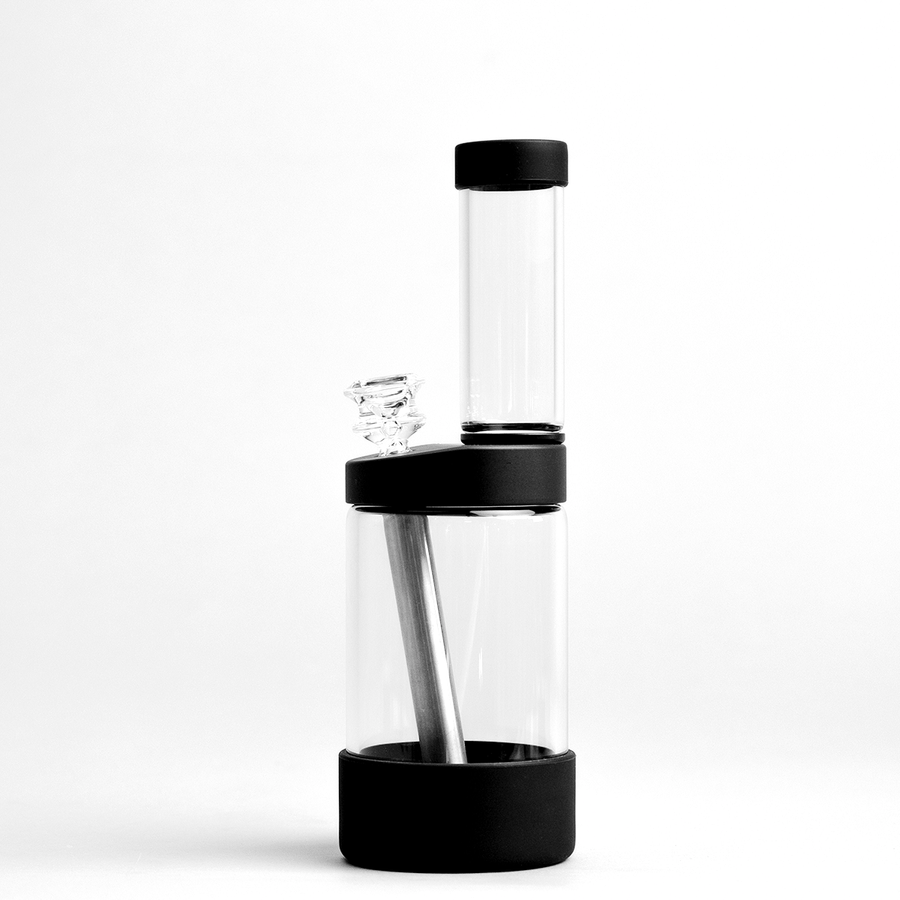






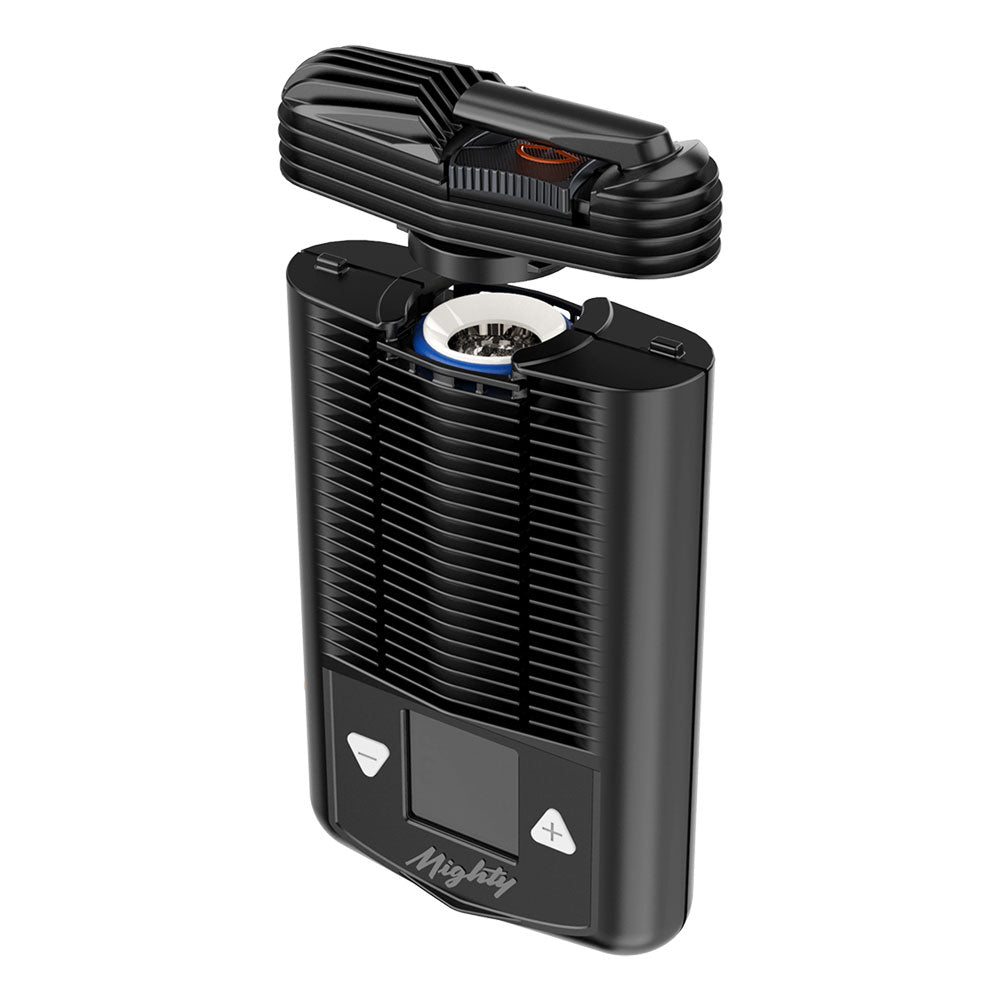
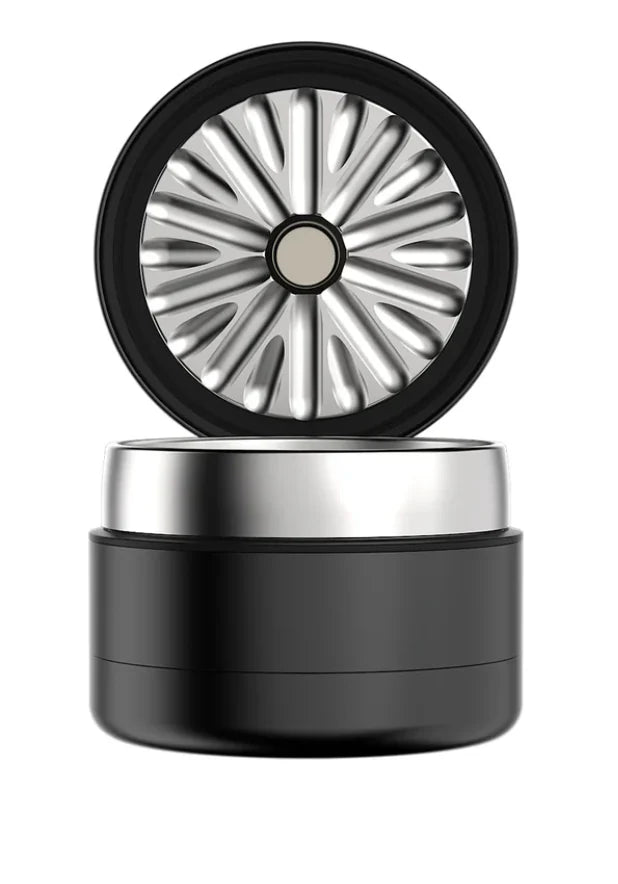



![Vessel - Compass [Copper] + Vessel - Compass [Copper] +](http://www.headshop.com/cdn/shop/products/1a0ca76e-4e0d-4f7e-a08b-b07a9d652129.jpg?v=1679517367&width=600)
![Vessel Core [Dusk] Vessel Core [Dusk]](http://www.headshop.com/cdn/shop/files/a3563d86-a1be-4432-8900-07ee0c906191.jpg?v=1692121203&width=600)
![Vessel Expedition - Trail Edition [Black] Vessel Expedition - Trail Edition [Black]](http://www.headshop.com/cdn/shop/products/d7c2ec3d-2d0b-48e8-88f1-6a903a43a807.jpg?v=1679517247&width=600)
![Vessel Compass Rise [Obsidian] Vessel Compass Rise [Obsidian]](http://www.headshop.com/cdn/shop/files/631009c0-e68c-4238-9a63-73f14dd1117f.jpg?v=1717545548&width=600)
![Vessel - Wood [Slate/Walnut] + Vessel - Wood [Slate/Walnut] +](http://www.headshop.com/cdn/shop/products/39fad26b-371f-4b7d-9281-b7b3863d5733.jpg?v=1679517186&width=600)
![Vessel Compass Rise [Obsidian] - Headshop.com](http://www.headshop.com/cdn/shop/files/631009c0-e68c-4238-9a63-73f14dd1117f.jpg?v=1717545548&width=900)
![Vessel Compass Rise [Obsidian] - Headshop.com](http://www.headshop.com/cdn/shop/files/a12c8ff4-4bee-4dc9-b697-542f6130e46e.jpg?v=1717609092&width=1000)
![Expedition - Trail Edition [Black] - Headshop.com](http://www.headshop.com/cdn/shop/products/d7c2ec3d-2d0b-48e8-88f1-6a903a43a807.jpg?v=1679517247&width=900)
